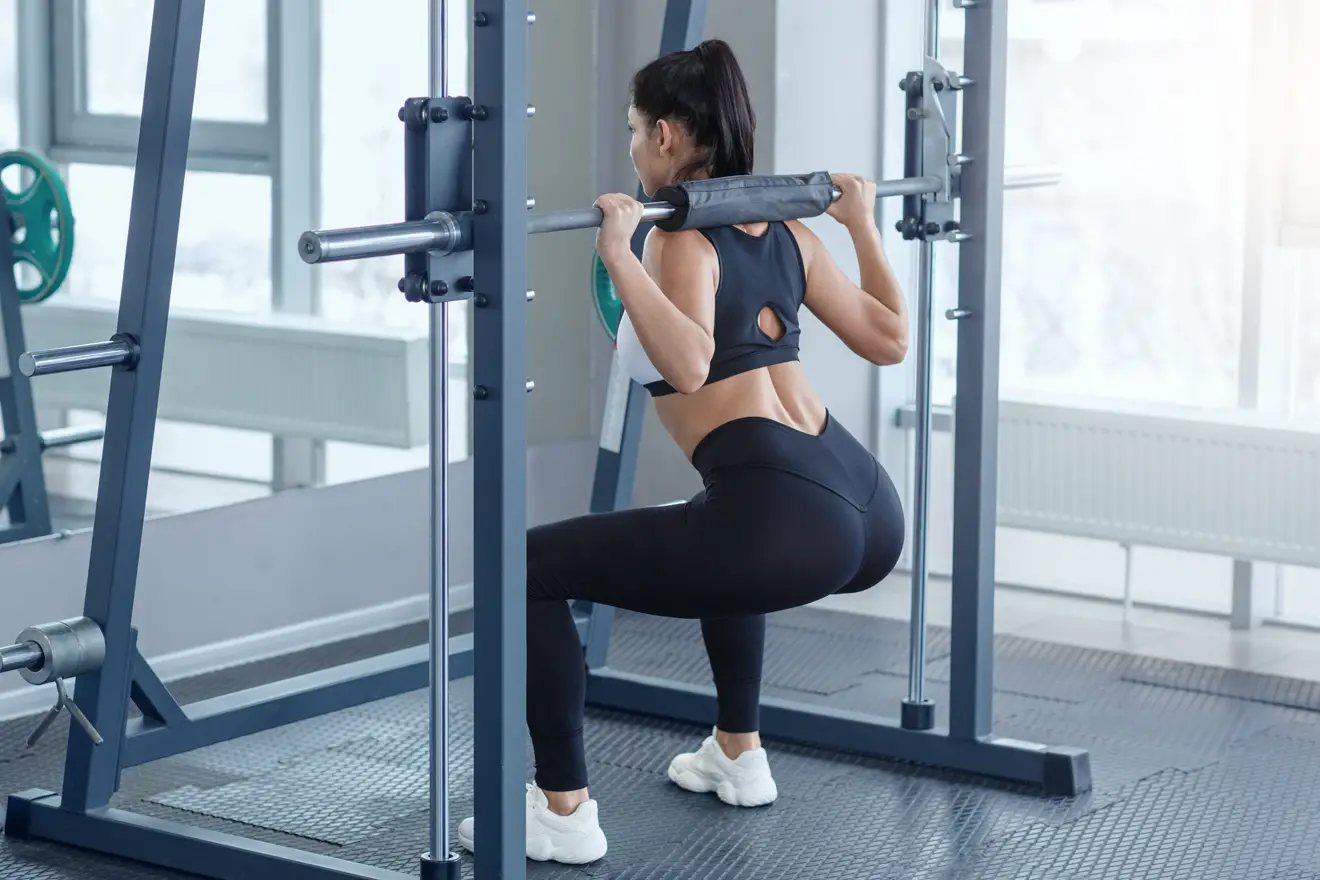The importance of using a full range of motion
Range of motion
Range of motion refers to the extent to which a part of the body moves around a fixed-position joint. For the push-up exercise, a full range of motion would be nearly locking the arms out at the top of the movement and touching the chest to the ground at the bottom. It should be clarified, in the interest of safety, that intentional and forceful lockout of a joint is never recommended, nor is it a requirement of a full range of motion.
While very dependent on an individual’s mobility and absence of prior or existing injuries, it is common knowledge that the utilization of a full range of motion (to which one’s body will allow) is recommended in nearly every circumstance. That said, many people who partake in weight training are unaware of exactly how important it is to perform an exercise in its entirety.
Muscle-building benefits
The most widely known benefit of using a full range of motion is how it positively impacts muscle growth. This is primarily due to stretch-mediated hypertrophy, which states that a muscle should be lengthened under sufficient load to maximize muscle growth adaptations. This concept explains why it is essential to fully extend the arm at the bottom of a dumbbell curl and reach parallel or lower on a barbell squat. By fully lengthening a muscle during an exercise, a person guarantees that the entire muscle—and all structures therein—experience sufficient tension to stimulate growth.
In addition to ensuring a muscle is stretched under load, individuals should strive to fully shorten a muscle under load. An example would be bringing the arms as far across the body as possible during the standing cable fly exercise to fully shorten the pectoralis major (chest). While this isn’t necessary for every exercise, it is a vital component of muscle growth to challenge the muscle fibers when they’re both lengthened and shortened.
It is worth noting that, in some cases, the intentional usage of a reduced range of motion can be beneficial for sustaining tension on a target muscle. A prime example is the dumbbell lateral raise exercise, which provides negligible tension on the side delts at the bottom of the movement. By stopping the movement before the dumbbells come down to their sides, individuals can ensure that their side delts are adequately trained throughout the entire exercise.
Strength benefits
The influence range of motion has on strength adaptations is criminally overlooked by most lifters. While most people know that a more extensive range of motion often makes an exercise harder (and forces the usage of less weight), many are unaware that strength gains are specific to the length at which a muscle is trained. Fundamentally, this means that the person who only performs half-rep push-ups will never be good at full push-ups, in which their chest touches the ground.
Using a shortened range of motion commonly appeals to younger lifters focused on impressing their friends by moving as much weight as possible in as little time as necessary. While ‘cheating’ exercises in this manner will likely result in expedited improvements in how much weight one can load on the bar, this progress is often short-lived and potentially dangerous.
Injury prevention
A harmful misconception thrown around by various gym-goers is the idea that full ranges of motion are dangerous and injurious. While it is undeniably true that an exercise done with a full range of motion and terrible form is grounds for a freak injury, this is simply untrue when the exercise is done with appropriate weight and correct technique. In fact, a full range of motion is precisely what prevents the occurrence of future injury.
As established in the previous section regarding muscle strength, a muscle is only strong in the positions in which it is trained. For a person who only brings the bar down to their eyes on a barbell shoulder press, their shoulder and rotator cuff muscles will only be able to handle heavier weights when the exercise is done with this reduced range of motion. This imbalance in strength between muscle lengths is incredibly dangerous if the individual was to use a heavy weight and go past their eye level, as their risk of injury skyrockets due to their being much weaker in that latter range of motion.
This shouldn’t come as a surprise, as it is well-known that most muscular injuries occur when a muscle becomes excessively stretched under an overwhelming load. The utilization of a full range of motion is paramount in ensuring that the muscles are strengthened in this vulnerable, lengthened position.
It should be mentioned that the intentional usage of a complete joint lockout is not recommended in most instances.
The takeaway
In case it wasn’t already apparent, the immense benefits of applying a full range of motion to as many exercises as possible are undeniable. Increased muscle growth, the strength to perform a movement in its entirety, and the proactive prevention of injuries are just a few of the positives associated with this training adjustment.
Keep in mind that an excessive range of motion can be dangerous, and some individuals may struggle to perform exercises in this manner if they have previous injuries or joint complications. Unless specifically advised against doing so by a medical professional, it is recommended to slowly progress to using a complete range of motion, as it is a wholly beneficial skill that can be trained and progressed similarly to flexibility.







